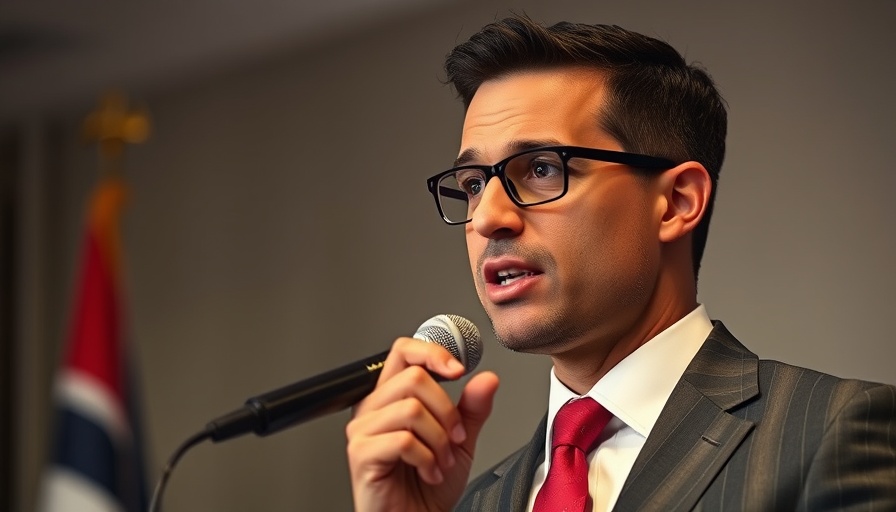
The Strategic Significance of Targeting Fordow
The recent aerial attack on Iran's Fordow nuclear facility underscores the escalating tensions surrounding Iran's nuclear ambitions. Targeting the Fordow site, which is situated 260 feet underground, symbolizes a decisive move by the U.S. to undermine a significant element of Iran's potential nuclear weapons capability. The use of GBU-57 Massive Ordnance Penetrators, designed to reach deep underground, showcases the U.S. focus on dealing substantial damage to Iranian nuclear infrastructure.
Interpreting Satellite Imagery: Clarity Amidst Complexity
Satellite imagery plays a crucial role in developing insights surrounding military actions, yet its limitations warrant careful interpretation. The latest images reveal the presence of six impact craters, marking where the U.S. bombs struck. This aerial perspective provides critical data, but the true extent of the destruction at Fordow remains difficult to ascertain. Jeffrey Lewis, an expert in nonproliferation, indicates that careful analysis of these images is essential for understanding the operational effectiveness of the bombardment.
Political Implications and International Reactions
President Donald Trump's bold claim that “Fordow is gone” contrasts sharply with military assessments, revealing the complex political narratives at play. While the administration emphasized the success of the operation in dismantling Iranian nuclear capabilities, some military experts advise caution, highlighting that definitive conclusions should not be made based solely on satellite evidence.
Counterarguments: Evaluating the Risks of Military Intervention
The attack on Fordow raises questions about its long-term implications and the potential backlash from Iran. History shows that military attacks often lead to increased hostilities and retaliatory measures, potentially destabilizing the region further. Critics argue that diplomacy should remain the primary approach to addressing Iran's nuclear ambitions rather than resorting to military action.
Future Trends: National Security Strategies in the Digital Age
The advancements in satellite technology provide nations with powerful tools for surveillance and assessment of military engagements. Moving forward, the role of satellite imagery will likely grow more significant as countries seek to gauge their rivals' capabilities and activities. This technological evolution emphasizes the need for innovative national security strategies that blend traditional military power with high-tech intelligence assessments.
Concluding Thoughts: The Path Forward
The bombing of the Fordow facility signifies a pivotal moment in U.S.-Iran relations and global nonproliferation efforts. As marketing managers and business leaders, understanding the geopolitical climate will become increasingly essential in navigating international relations that influence economic trends. The complexities embedded in military actions and reactions could have implications beyond security, affecting global markets and investments. Therefore, keeping abreast of these developments is not just a matter of security but strategic foresight.
 Add Row
Add Row  Add
Add 




Write A Comment